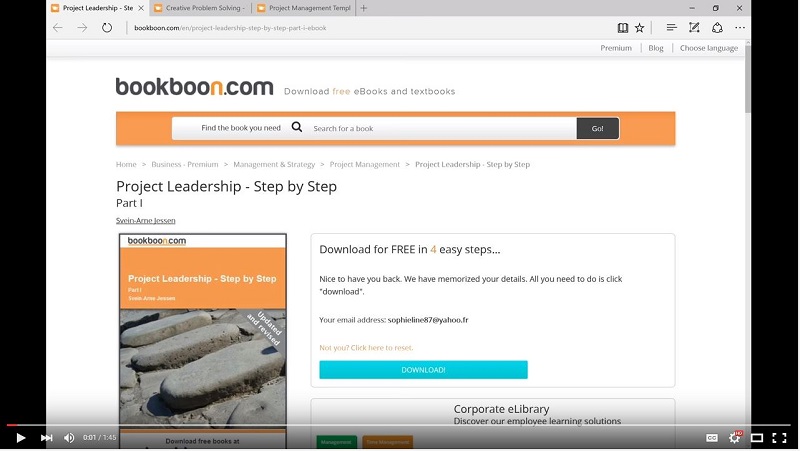Two essential tools you need for project management success

The success of a project – at work or at home – is linked to the ability to analyse problems and to use the right project management tool at the right time. What comes as a surprise for some people is that we use many of these tools in everyday life without being aware of it. If you are working on a project, you are likely to use two simple tools: Brainstorming and the Fishbone Diagram. Let us examine these common project management tools.
Brainstorming
Of all the tools that you will use while managing your project, brainstorming is the least complicated and the easiest to use anytime, anywhere. When people are engaged in a brainstorming discussion, the ideas should be flowing out and everyone should be participating. To help your brainstorming sessions be as productive as possible, consider the following guidelines:
- Forbid negative comments or criticism. If someone is afraid that their ideas will be mocked or ignored, they will not want to participate.
- Go for a high quantity of ideas, not necessarily the best ideas. You want to start broadly and then narrow them down after the brainstorming is completed. People think differently and express themselves differently, so allow as many ideas to come out as you can before beginning to narrow down the field.
- Encourage people to think outside the box – way outside of it. Even if something sounds crazy, capture it – you never know when that crazy idea might lead you to a realistic solution.
- Look for ways to combine new ideas with existing ideas. Often, the easiest way for people to think creatively is to start with something they are already doing and enhance, expand, or otherwise alter it.
Fishbone Diagrams
Fishbone diagrams are visual representations of the information that you gather during a brainstorming, problem-solving, or troubleshooting discussion or exercise. It is a way to organize your thoughts into like groups and establish relationships between those thoughts.
The fishbone diagram gets its name from the fact that the way it is drawn often resembles the skeleton of a fish. A fishbone diagram usually has two ‘sections’ to the drawing. On the left hand side (and the majority) of the diagram, you list the suspected causes of a situation, problem, or issue. On the right hand side, you have the ‘head’ of the fish, which is the effect, the situation, or the issue itself. Each ‘rib’ of the fish leads into the ‘spine’ of the fish and indicates a factor that you believe is contributing to the overall problem or situation.
Each of the ‘ribs’ of the fish may have sub-issues, which could also then have sub-issues. The end result is that you have a kind of ‘map’ of the situation, with all of the factors that are causing the problem or situation that you can think of. You can now prioritize each factor depending on how much influence you believe it has on the result.
Common factors that are placed on a fishbone diagram are: People, process, materials, equipment, environment, management and training. All in all, the Fishbone Diagram is a simple problem-analysis tool that you can use to analyse almost every kind of project.
Good luck with your project!
You can learn more about the different aspects of Project Management by reading “Managing Projects” by MTD Training.
Download the free eBook “Managing Projects”



